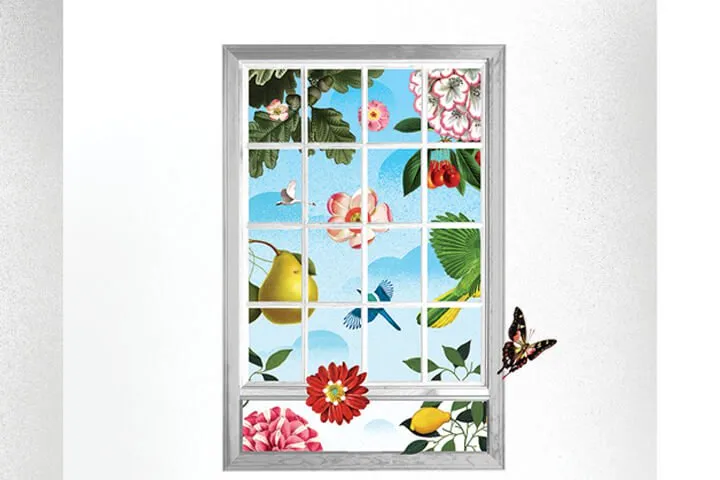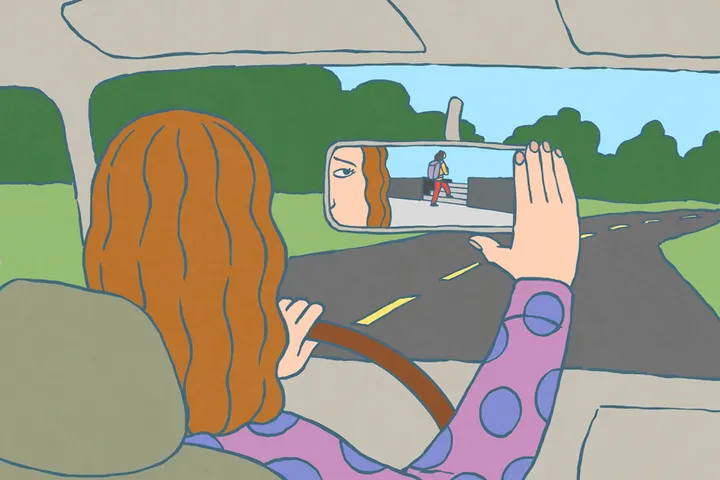Rembrandt, The Raising of the Cross, c. 1633

And I, when I am lifted up from the earth, will draw all people to myself.” He said this to show by what kind of death he was going to die.
– John 12:32-33 (ESV)
Rembrandt’s The Raising of the Cross (c. 1633) is, among other things, a self-portrait. The artist is the figure in the blue beret and robe near the feet of Jesus. He is straining with the centurions to raise the cross, making himself present and complicit in the crucifixion of his Lord.
Rembrandt painted himself into several of his works. He is the Prodigal Son, drunk and unaware that his situation is about to become dire. He is a disciple in the boat in the storm on the Sea of Galilee, wearing that familiar robe and clutching that familiar beret, looking at us. In those two examples, the artist stares out from the frame to the viewer, making eye contact, which draws the viewer into the scene with him. In The Raising of the Cross, however, Rembrandt does not look at the viewer. Here he has the nowhere-in-particular gaze of a person deep in soul-searching thought.
In The Raising of the Cross, not only does Rembrandt make himself responsible in the death of Christ; he also makes himself one of the two key figures in the composition. Rembrandt is well known for a painting technique called chiaroscuro, the use of sharp contrast between light and dark to convey drama and focus. In this painting, the light falls on two primary characters: the naked Christ and the richly adorned Rembrandt.
One way Christians observe Easter is by reflecting on our complicity in the death of Christ. Rembrandt does more than present himself as complicit. He counts himself spiritually present to receive the words Christ spoke from the cross: “Father, forgive them; for they do not know what they are doing” (Luke 23:34).
We needed Christ’s death and resurrection to happen if we were to have any hope of being reconciled to our Maker. And it did happen. Christ was lifted up, and this very act has served to draw all kinds of people to Himself—people who have found themselves in the story, people who have come to recognize their part in His death because of their sin, and people who have found life in His name because of His resurrection.





